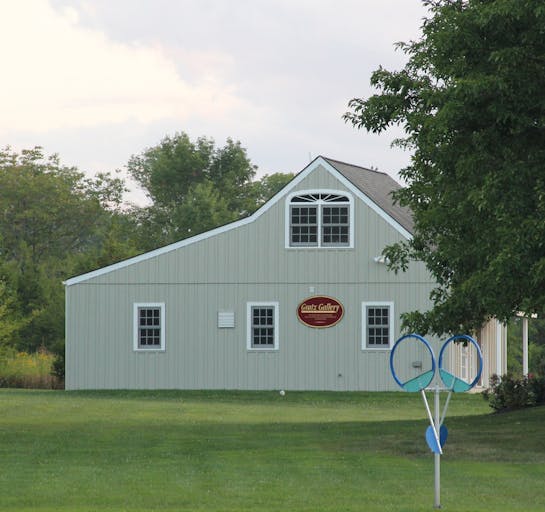Harvey Thomas Dunn
1884 - 1952

Harvey Thomas Dunn
1884 - 1952
Harvey Thomas Dunn is best known as an illustrator, painter, and muralist. Though based in the East, particularly New Jersey and New York, his native state of South Dakota remained the inspiration for his finest works, which were scenes of prairie life and toil. Born in 1884 in Manchester, in the Red Stone Valley of South Dakota, he was raised in a sod house on the prairie, where he lived with his parents until he was 17 years old. There Dunn, a large boy, devoted his time to farm chores, school, and his drawing.
During a year he spent at the South Dakota Agriculture College in 1901, his teacher Ada Caldwell, an influential South Dakota artist herself, recognized Dunn's abilities. She encouraged him to continue his studies at the Chicago Art Institute, which he did, and Dunn always acknowledged the opportunities she opened to him. His tuition was earned by janitor work, odd jobs, and as a summer farm hand. His artistic talent was evident in his drawings, and he was able to convince one of America's foremost illustrators of that time, Howard Pyle, to admit him to his classes at Wilmington and Chadds Ford.
Dunn was on his own by 1906, selling his art to the magazine markets of the day. With N.C. Wyeth as his best man, Dunn married in 1908. He left Wilmington after Pyle died in 1911, and moved to Leonia, New Jersey, where the art markets were more attractive. One his best clients became The Saturday Evening Post. Along with artist Charles Chapman, Dunn opened the Leonia School of Illustration in 1915, at the inspiration of Howard Pyle.
World War I caused a brief intermission of Dunn's career. In 1917, at the age of 33, Dunn was one of eight artists chosen to serve as a graphic reporter on the front lines. This was despite his being past the age of military service. His efforts were fearless, and he filled his logs with profound mental and physical images of ruin. He returned to his private works after being discharged at wars end in 1919. Many of his military drawings are housed at the Smithsonian.
He moved to Tenefly, New Jersey the same year, building a large studio near his home. Feeling the compulsion to create a more lasting art, in addition to illustrations, Dunn accepted a commission by a New York department store 1925 to paint five mural-like panels for its 100th anniversary. In 1928, the American Legion Monthly magazine began featuring Dunns war canvases, completed from his image sketches, on its monthly covers. Recording for history his vision of the war was one of his goals. Other goals were to capture the beauty of his native prairies, and to teach. He succeeded at both. The prairies were included on Legion magazine covers, and Dunn was able to teach at the Grand Central School of Art, at the Art Students League in New York. Selected students were allowed classes in his personal studio. Some of Dunn's students included Dean Cornwell, Saul Tepper, Lyman Anderson, Mario Cooper, Harold von Schmidt, and John Clymer.
Although few of Dunn's prairie paintings saw print, Dunn himself donated 42 to the now named South Dakota State University in 1950. In 1970, his works were transferred to the South Dakota Art Museum, where now over 90 canvases are on display. A fine example of his painting is The Prairie Is My Garden (oil on canvas, S.Dakota Art Museum, Brookings) which projects a combination of the beauty and the hardships of pioneer life and a sense of the stalwart men and women Dunn wished to memorialize.
He remains South Dakotas most honored painter, and the State Art Museum of Brookings, which contains many of his, as well as Ada Caldwell's, works faces Harvey Dunn Street. Dunn died in 1952.
Source: Askart.com
